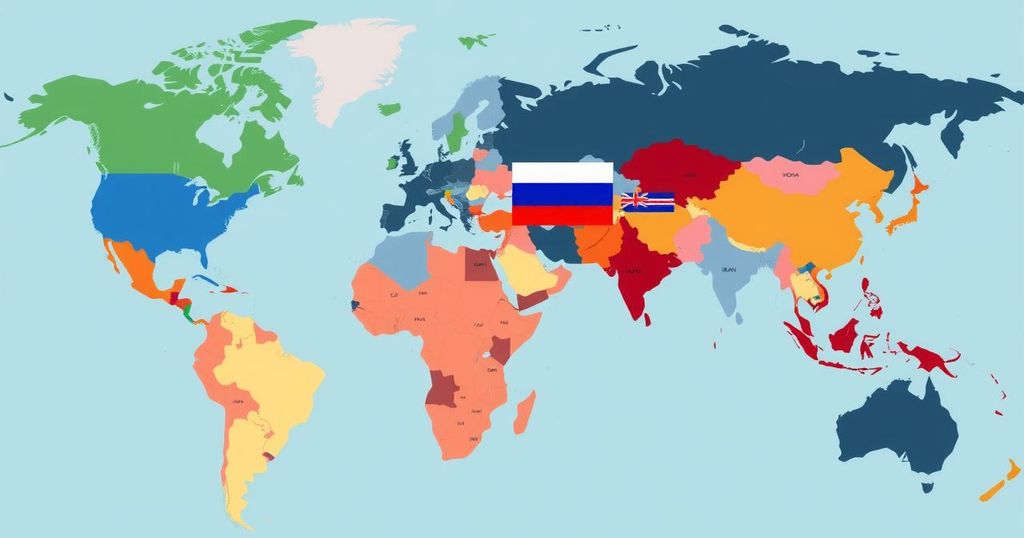Trump Proposes Expanded Travel Ban Targeting Forty-Three Countries

President Trump proposed a travel ban affecting forty-three countries, organized into a three-tier system: red (full ban), orange (limited restrictions), and yellow (potential future restrictions). This initiative seeks to enhance national security by addressing deficiencies in vetting and screening processes. The proposal, still in draft form, marks a continuation of Trump’s efforts to control immigration and mitigate risks, reversing previous policy changes made by President Biden.
President Donald Trump has initiated a proposal for an expanded travel ban during his second term, which aims to target forty-three countries under a new three-tier system. This executive order, signed on January 20, mandates cabinet members to identify nations whose citizens should face travel restrictions to the United States, citing insufficient vetting and screening information as the primary reason. This move follows a previous travel ban implemented during his first term, with the objective of enhancing national security by restricting entry from high-risk nations.
The proposal, formulated by the U.S. State Department, remains in draft form and may be revised before its finalization. The draft is categorized into three distinct lists—red, orange, and yellow—indicating the level of restriction imposed on each country. The administration is currently evaluating the accuracy of the list and deciding which countries will require additional screening measures.
The “red” list comprises eleven countries, wherein citizens are fully barred from entering the United States due to significant deficiencies in their vetting processes, identified as a national security risk. Citizens from these nations will face complete prohibition as part of heightened security measures amid ongoing global threats.
Conversely, the “orange” list contains ten countries whose citizens would encounter limited travel restrictions. While they are not entirely banned, individuals from these nations must undergo further vetting measures, such as in-person interviews, to obtain a visa for entry into the United States. These nations are currently under scrutiny regarding their vetting processes.
Finally, the “yellow” list features twenty-two countries, mainly from Africa, which are given 60 days to rectify concerns raised about their screening procedures. Failure to address these issues may result in these countries being shifted to either the red or orange lists, thus incurring stricter travel limitations.
This travel ban aligns with Trump’s enduring commitment to secure U.S. borders and mitigate risks to American citizens. The executive order stresses the necessity to prevent the entry of individuals who may pose security threats, including terrorists and members of hate groups. It is worth noting that former President Joe Biden rescinded Trump’s travel bans at the outset of his administration in 2021, advocating for a more inclusive approach to immigration.
In conclusion, President Trump’s proposed travel ban targets forty-three countries through a structured three-tier system aimed at enhancing national security. The proposal includes a full ban for citizens from eleven countries, limited restrictions for ten countries, and a cautionary approach for twenty-two countries that must improve their vetting processes. This initiative reflects ongoing efforts to secure U.S. borders against potential threats, a stark contrast to former President Biden’s immediate reversal of similar bans.
Original Source: www.travelandtourworld.com








